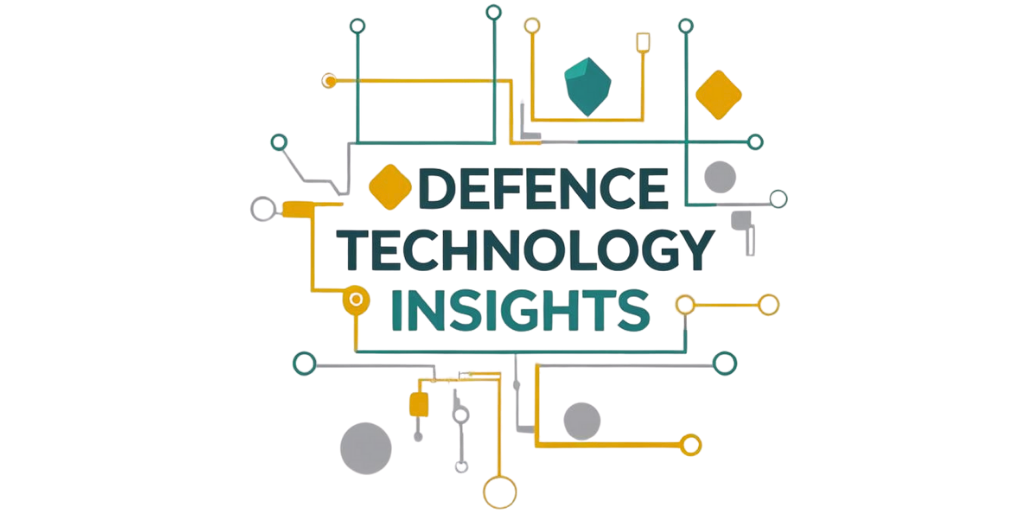Exploring Airborne ISR Technologies: Revolutionizing Intelligence Gathering
Airborne Intelligence, Surveillance, and Reconnaissance (ISR) technologies have transformed how nations and organizations collect critical data. These systems, mounted on aircraft, drones, or other aerial platforms, enable real-time monitoring, data analysis, and decision-making in military, security, and civilian applications. By integrating advanced sensors, communication systems, and data processing tools, airborne ISR has become a cornerstone of modern intelligence operations. This blog delves into the key components, applications, and emerging trends in airborne ISR technologies, alongside a side topic on their role in disaster response.
Core Components of Airborne ISR
Airborne ISR systems rely on a suite of sophisticated technologies. Sensors are at the heart of these platforms, including electro-optical/infrared (EO/IR) cameras, synthetic aperture radar (SAR), and signals intelligence (SIGINT) systems. EO/IR cameras capture high-resolution imagery in various lighting conditions, enabling detailed visual analysis. SAR provides all-weather, day-or-night imaging, penetrating clouds and foliage to map terrain or detect objects. SIGINT intercepts communications and electronic signals, offering insights into adversary activities.
These sensors feed data into onboard processing systems, which often leverage artificial intelligence (AI) to analyze vast datasets in real time. For instance, AI algorithms can identify patterns, detect anomalies, or track moving targets with minimal human intervention. Communication systems, such as satellite links and secure radios, ensure seamless data transmission to ground stations or command centers, enabling rapid decision-making.
Platforms like unmanned aerial vehicles (UAVs), manned aircraft, and high-altitude airships host these systems. UAVs, such as the MQ-9 Reaper, offer persistent surveillance over large areas, while manned platforms like the U-2 spy plane provide high-altitude, long-range capabilities. The choice of platform depends on the mission’s scope, whether it’s border security, counterterrorism, or environmental monitoring.
Applications in Modern Operations
Airborne ISR’s versatility makes it indispensable across domains. In military contexts, it supports situational awareness, target acquisition, and mission planning. For example, during counterinsurgency operations, ISR platforms track militant movements, providing actionable intelligence to ground forces. In maritime surveillance, they monitor illegal fishing or smuggling activities over vast ocean expanses.
Beyond defense, civilian applications are growing. Airborne ISR aids in border patrol, tracking illegal crossings or trafficking. Environmental monitoring is another key use, with platforms mapping deforestation, tracking wildlife, or assessing climate change impacts. These systems also support urban planning by providing detailed aerial surveys for infrastructure development.
Emerging Trends
The future of airborne ISR is shaped by rapid technological advancements. Miniaturization of sensors allows smaller drones to carry powerful ISR suites, reducing costs and increasing accessibility. AI and machine learning are enhancing data processing, enabling predictive analytics and autonomous decision-making. For instance, AI can now differentiate between benign and suspicious activities in real time, reducing operator workload.
Another trend is the integration of multi-domain ISR. Modern systems combine air, ground, and space-based assets to create a comprehensive intelligence picture. Satellite-augmented ISR, for example, pairs aerial data with space-based imagery for greater accuracy. Additionally, advancements in quantum sensing promise ultra-precise measurements, potentially revolutionizing navigation and detection capabilities.
Cybersecurity is also critical, as ISR platforms are vulnerable to hacking or jamming. Secure communication protocols and anti-jamming technologies are being developed to protect data integrity. Meanwhile, sustainable platforms, such as solar-powered drones, are extending mission endurance, enabling weeks-long surveillance without refueling.
Side Topic: Airborne ISR in Disaster Response
Airborne ISR plays a vital role in disaster management, offering rapid, real-time insights during crises. Drones equipped with EO/IR cameras and thermal sensors can assess damage after earthquakes, hurricanes, or wildfires, identifying survivors or hazardous areas. For example, during wildfire outbreaks, ISR platforms map fire perimeters and predict spread patterns, guiding firefighting efforts. In flood scenarios, they locate stranded individuals and assess infrastructure damage, aiding rescue operations.
These systems also support humanitarian aid delivery. UAVs can deliver medical supplies or food to remote areas where ground access is cut off. Real-time data from ISR platforms helps coordinate logistics, ensuring aid reaches those in need efficiently. By providing a bird’s-eye view, airborne ISR enhances situational awareness, saving lives and reducing response times.
Challenges and Future Outlook
Despite its advancements, airborne ISR faces challenges. High costs of development and maintenance can limit access for smaller organizations or nations. Ethical concerns, such as privacy violations during civilian surveillance, require careful regulation. Additionally, the reliance on complex systems demands skilled operators and robust supply chains for maintenance.
Looking ahead, airborne ISR will continue evolving. Integration with 6G networks could enable faster, more secure data transfers. Autonomous swarms of drones may conduct coordinated ISR missions, covering larger areas with minimal human oversight. As these technologies mature, their impact on security, environmental monitoring, and disaster response will only grow, cementing airborne ISR’s role as a game-changer in intelligence gathering.


